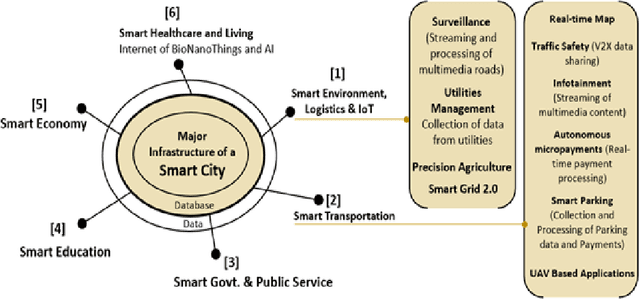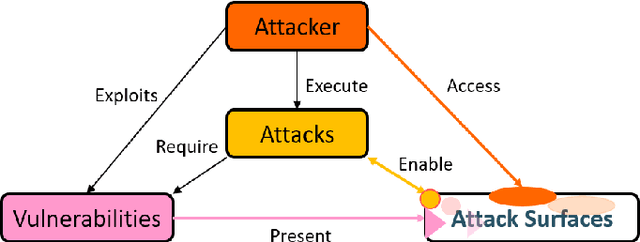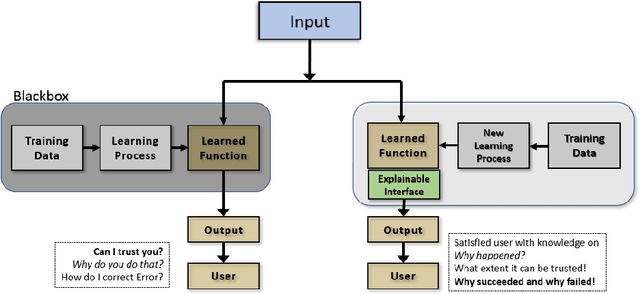Explainable Artificial Intelligence for Smart City Application: A Secure and Trusted Platform
Paper and Code
Oct 31, 2021



Artificial Intelligence (AI) is one of the disruptive technologies that is shaping the future. It has growing applications for data-driven decisions in major smart city solutions, including transportation, education, healthcare, public governance, and power systems. At the same time, it is gaining popularity in protecting critical cyber infrastructure from cyber threats, attacks, damages, or unauthorized access. However, one of the significant issues of those traditional AI technologies (e.g., deep learning) is that the rapid progress in complexity and sophistication propelled and turned out to be uninterpretable black boxes. On many occasions, it is very challenging to understand the decision and bias to control and trust systems' unexpected or seemingly unpredictable outputs. It is acknowledged that the loss of control over interpretability of decision-making becomes a critical issue for many data-driven automated applications. But how may it affect the system's security and trustworthiness? This chapter conducts a comprehensive study of machine learning applications in cybersecurity to indicate the need for explainability to address this question. While doing that, this chapter first discusses the black-box problems of AI technologies for Cybersecurity applications in smart city-based solutions. Later, considering the new technological paradigm, Explainable Artificial Intelligence (XAI), this chapter discusses the transition from black-box to white-box. This chapter also discusses the transition requirements concerning the interpretability, transparency, understandability, and Explainability of AI-based technologies in applying different autonomous systems in smart cities. Finally, it has presented some commercial XAI platforms that offer explainability over traditional AI technologies before presenting future challenges and opportunities.
 Add to Chrome
Add to Chrome Add to Firefox
Add to Firefox Add to Edge
Add to Edge